Pachypodium Gracilius: The Ultimate Guide to Madagascar’s Exotic Succulent
Pachypodium gracilius is a captivating and rare succulent that commands attention in any collection. With its swollen, bottle-shaped trunk, slender branches, and vibrant yellow flowers, this plant from Madagascar has become a prized specimen for collectors and gardeners worldwid. This comprehensive guide will walk you through everything you need to know about Pachypodium gracilius—from its origins and unique features to expert care, propagation, and its role in landscaping and succulent culture.
Table of Contents
-
Introduction to Pachypodium Gracilius
-
Botanical Classification and Synonyms
-
Natural Habitat and Distribution
-
Distinctive Features and Growth Habit
-
Flowering and Seasonal Behavior
-
Cultivation and Care
-
Sunlight and Temperature
-
Watering Requirements
-
Soil and Potting
-
Dormancy
-
-
Propagation Techniques
-
Common Problems and Solutions
-
Landscaping and Decorative Uses
-
Conservation and Ethical Sourcing
-
Frequently Asked Questions
-
Conclusion
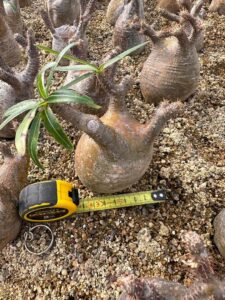
Introduction to Pachypodium Gracilius
Pachypodium gracilius, often called the “Madagascar Bottle Tree,” is a standout among caudiciform succulents. Its thick, silvery trunk and sculptural form make it a focal point in both indoor and outdoor gardens. Native to Madagascar, this plant is not only admired for its beauty but also for its resilience and unique adaptations to arid environments.
Botanical Classification and Synonyms
-
Kingdom: Plantae
-
Family: Apocynaceae
-
Genus: Pachypodium
-
Species: Pachypodium gracilius
-
Binomial Name: Pachypodium gracilius H.Poisson
Synonymy:
Recent taxonomic revisions often classify Pachypodium gracilius as a subspecies of Pachypodium rosulatum, resulting in the synonym Pachypodium rosulatum subsp. gracilius. This reflects its close relationship with other Pachypodium species native to Madagascar.
Natural Habitat and Distribution
Pachypodium gracilius is endemic to Madagascar, specifically thriving on the Isalo mountains at altitudes between 300 and 1000 meters. It grows on sandstone escarpments, cliffs, and rocky outcrops, often alongside other drought-adapted plants like Euphorbia, Ceropegia, and Aloe species. The harsh, arid conditions of its native habitat have shaped its remarkable drought tolerance and unique appearance.
Distinctive Features and Growth Habit
-
Trunk: Thick, bottle-shaped, silvery-gray, and pachycaul (swollen stem for water storage).
-
Height: Typically 30–90 cm (1–3 feet), remaining compact in containers.
-
Branches: Slim, spiny, and usually fewer than those of related species.
-
Leaves: Narrow, dark green, forming a rosette at the tips of branches; fewer and thinner than the typical Pachypodium rosulatum.
-
Flowers: Bright yellow, trumpet-shaped, sometimes with hints of red, blooming in warm seasons.
The plant’s sculptural form, with its swollen base and sparse foliage, makes it highly desirable for bonsai and as a centerpiece in succulent displays.
Flowering and Seasonal Behavior
Pachypodium gracilius produces striking yellow flowers during the growing season, adding a burst of color to its otherwise silvery-green profile. Flowering typically occurs in spring and summer, coinciding with increased warmth and sunlight. During cooler months, the plant enters dormancy, shedding leaves and requiring minimal water.
Cultivation and Care
Sunlight and Temperature
-
Light: Full sun is ideal; the plant thrives in bright, direct sunlight.
-
Temperature: Prefers warm climates and should be kept above 10°C (50°F). While it tolerates heat, protection from the most intense midday sun is sometimes beneficial.
Watering Requirements
-
Growing Season: Water thoroughly when the soil is completely dry. Avoid letting the plant sit in water.
-
Dormancy (Winter): Reduce watering drastically or stop altogether. Overwatering during dormancy is the most common cause of rot.
Soil and Potting
-
Soil: Use a well-draining succulent or cactus mix, with added grit or perlite to enhance drainage and prevent root rot.
-
Potting: Repot every few years as the plant grows. Use a slightly larger pot each time to accommodate the expanding caudex.
Fertilization
-
Apply a diluted succulent fertilizer during the growing season for a gentle nutrient boost.
Dormancy
-
Respect the plant’s natural rest period in winter by minimizing watering and withholding fertilizer.
Propagation Techniques
Pachypodium gracilius is most commonly propagated from seeds, though cuttings can also be used.
-
Seed Propagation:
-
Sow ripe seeds in a well-draining mix of compost and silica sand.
-
Maintain humidity and a temperature of about 22°C (72°F).
-
Seeds typically germinate within 3–4 weeks.
-
-
Cuttings:
-
Less common, but possible with careful handling and rooting hormone.
-
Common Problems and Solutions
-
Rot: Caused by overwatering. If mushy areas or soft stems appear, cut away affected parts, apply fungicide, and repot in dry soil1.
-
Yellowing Leaves: May result from overwatering, underwatering, or insufficient sunlight. Adjust care routine accordingly.
-
Pests: Watch for mealybugs and scale insects. Treat infestations promptly with insecticidal soap or neem oil.
Landscaping and Decorative Uses
Pachypodium gracilius is ideal for:
-
Succulent gardens and rockeries
-
Arid landscapes and xeriscaping
-
Bonsai cultivation
-
Container gardening, both indoors and outdoors
Its low-maintenance nature and exotic appearance make it a favorite among collectors and a conversation piece in any setting.
Conservation and Ethical Sourcing
As a plant endemic to Madagascar and highly sought after, it is crucial to source Pachypodium gracilius ethically. Overcollection from the wild can threaten native populations. Purchase only from reputable nurseries and growers who propagate plants sustainably.
Frequently Asked Questions
Is Pachypodium gracilius poisonous?
Like many members of the Apocynaceae family, Pachypodium species contain toxic compounds and should not be ingested.
How fast does it grow?
It is a slow to moderate grower, especially in containers.
Can it survive frost?
No, it is not frost-hardy and should be protected from temperatures below 10°C (50°F).
Does it need pruning?
Pruning is rarely necessary, except to remove dead or damaged branches.
Conclusion
Pachypodium gracilius is a true gem for any succulent enthusiast or collector. Its unique form, resilience, and brilliant yellow flowers make it a rewarding plant to grow with the right care and attention. By understanding its native habitat and mimicking those conditions, you can enjoy this exotic Madagascar native for many years to come.
Whether you are a seasoned collector or a curious beginner, Pachypodium gracilius offers both beauty and botanical intrigue—an enduring symbol of Madagascar’s remarkable biodiversity.
For more tips on succulent care, ethical sourcing, and landscaping ideas, explore resources from reputable plant nurseries and succulent forums.
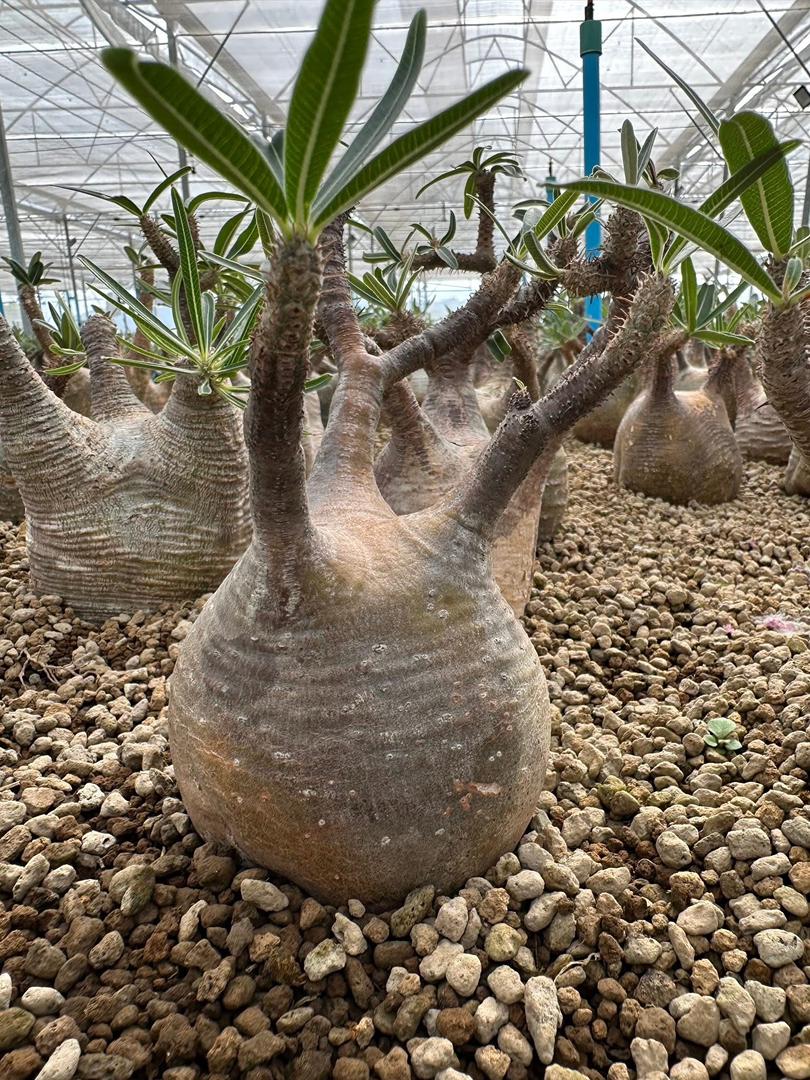
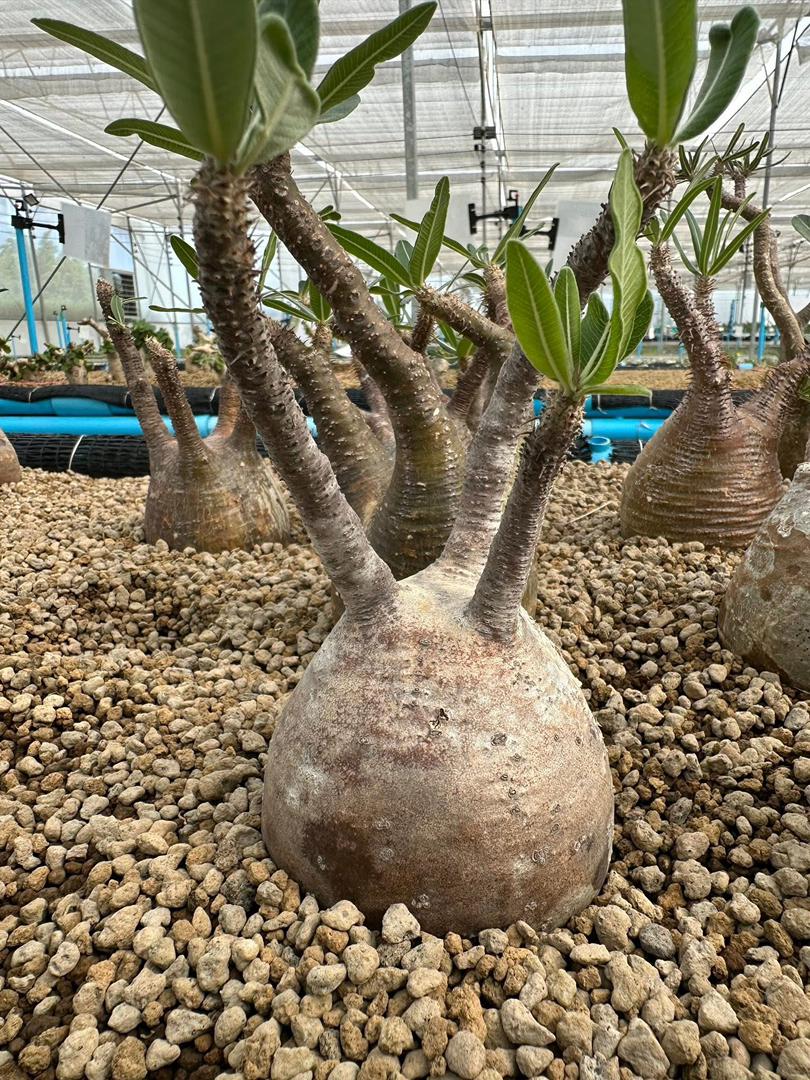
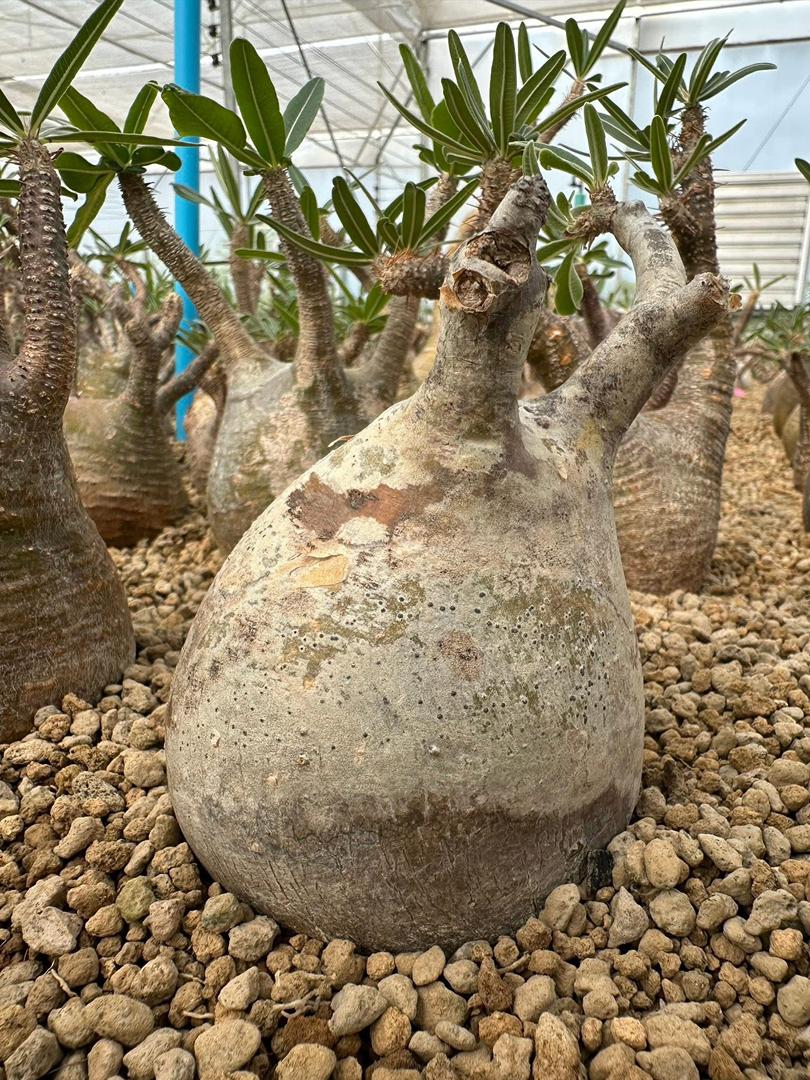
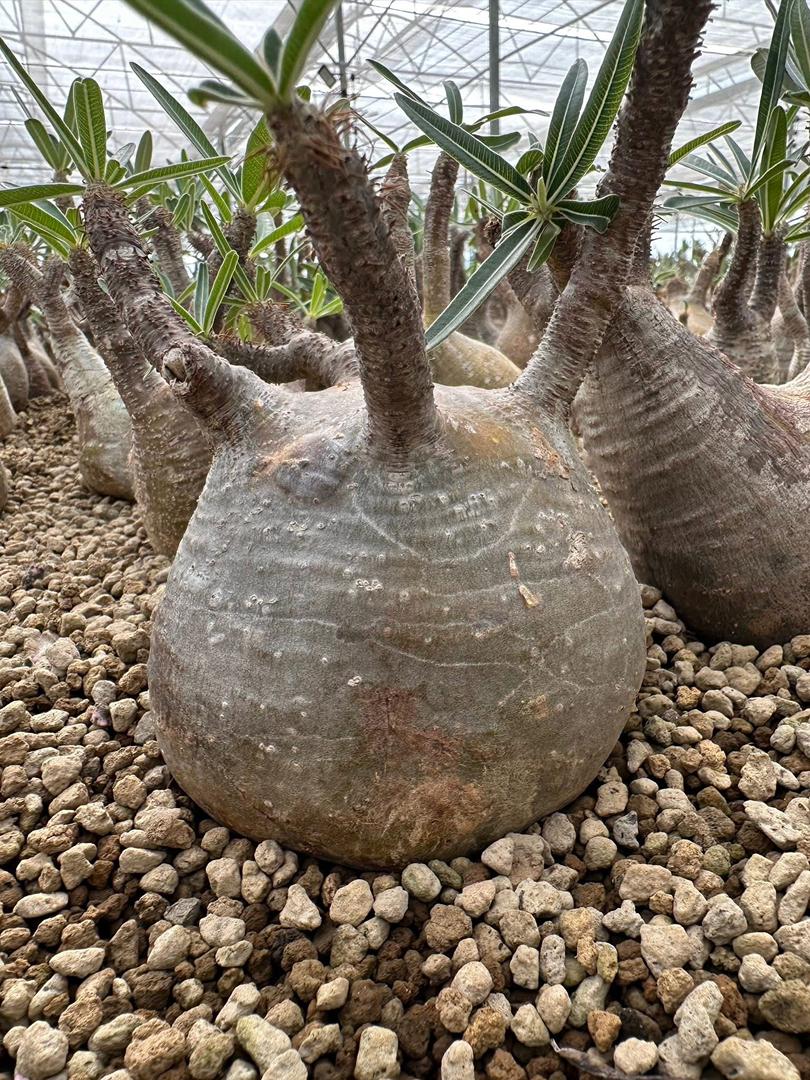
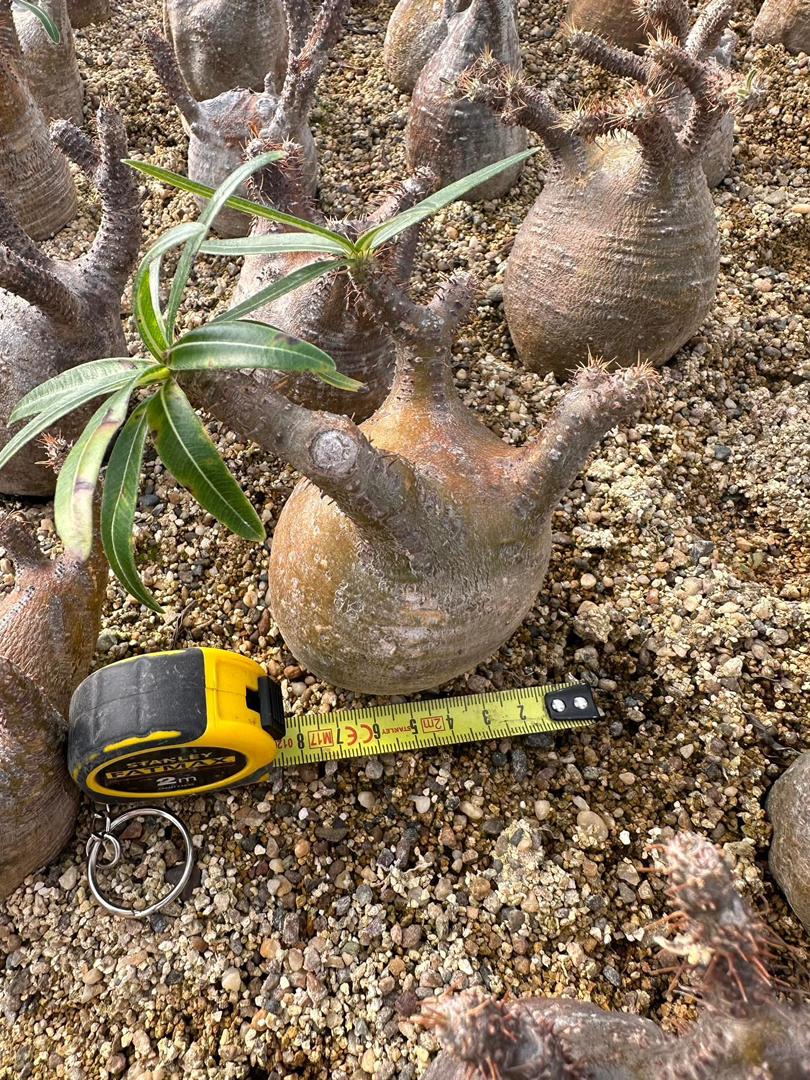
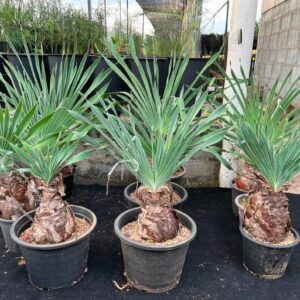
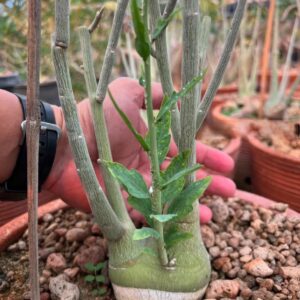

Reviews
There are no reviews yet.